|
Laboratory Facilities and Equipment |




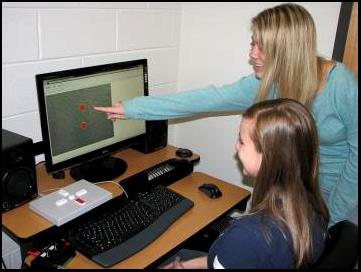

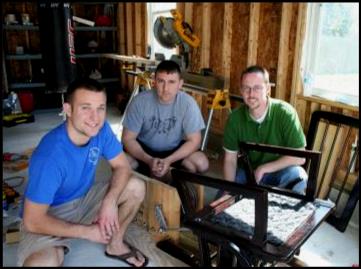
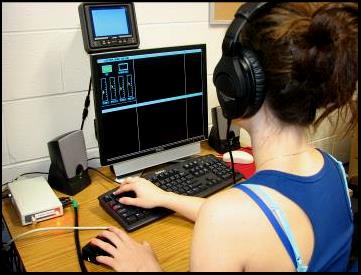
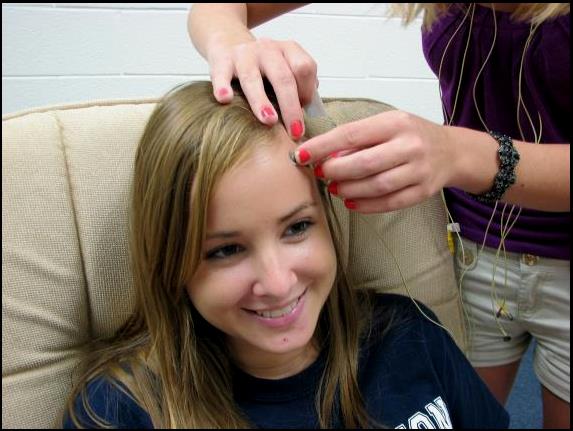
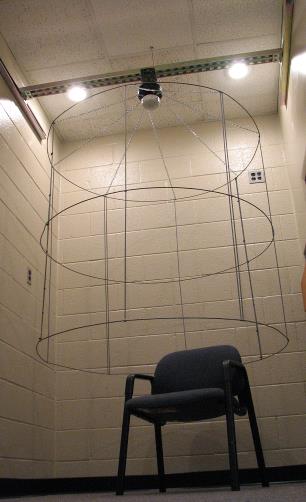


|
Old Dominion University |
|
Department of Psychology
|
|
Norfolk, Virginia |

|
J. Christopher Brill, PhD |
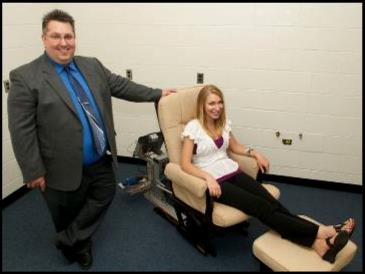
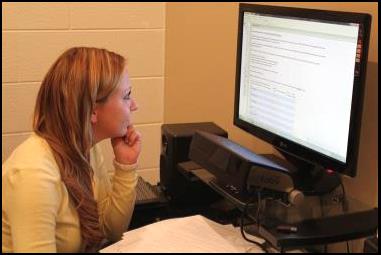
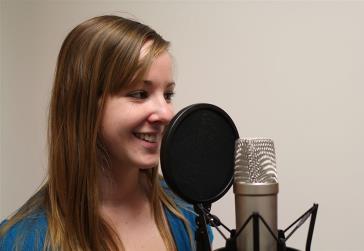
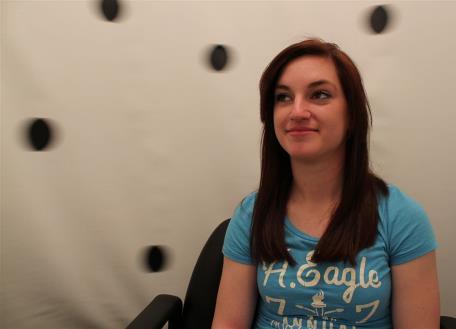
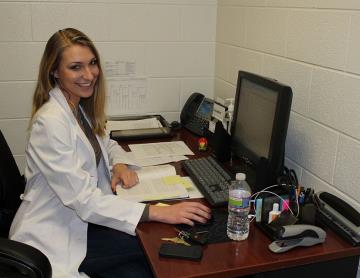
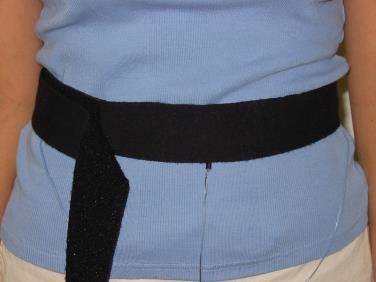
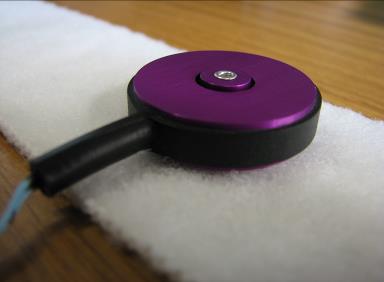
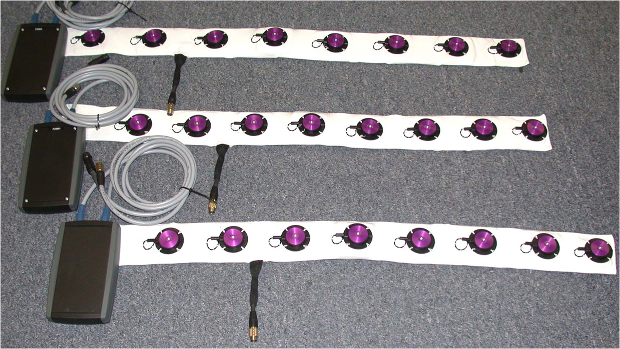
|
The ASP Laboratory occupies two suites in the Mills Godwin Building on ODU’s Main Campus. A five-room suite is dedicated primarily to conducting research on psychophysiological responses to motion. A second two-room suite is dedicated primarily to research on multimodal displays, attention, and interactions between spatial audio and tactile cues. Both suites feature one-way mirrors and cable pass-throughs. The laboratory spaces have recently been remodeled to better meet our research needs. |
|
· BioPac System featuring wireless: · 8-ch Electroencephalography · Electrocardiography · Electrogastrography · Electrooculography (4-ch) · Respiration · Electromyography · Skin Conductance · Functional Near Infrared Spectroscopy (wired) · Engineering Acoustics, Inc., Vibrotactile displays and other custom-built vibrotactile arrays · J&J Engineering I-330-C2+ System (2-ch EEG, GSR, EMG, ECG, Temp, Respiration) · Tobii X60 Eyetracker · Tektronix function generator and oscilloscope · Mackie mixing board with 24/96 kHz pro-audio firewire interface · Rode studio condenser microphone · M-Audio Studiophile speakers · Sound meter and audio calibration tools · Computer stations featuring SuperLab and ePrime experiment software packages |
|
We have built a motion device (linear oscillating acceleration device or LOAD) and an optokinetic drum (i.e., vection drum or OKD). These devices are being used for investigations into the effects of vestibular and visuo-vestibular stimulation on human performance, such as the impact of sopite syndrome on attention.
The construction of the LOAD was part of "Project Rock" and is instrumental in conducting sopite syndrome research. The apparatus is essentially a motorized glider rocking chair. The team consists of myself as the project lead, Dr. Sebastian Bawab (ODU Dept. of Mechanical Engineering) as the engineering faculty advisor, and a trio of mechanical engineering students who are designing and building the apparatus as their senior design project. In Spring 2012, the control and drive system was upgraded with a more sophisticated control system and a more powerful motor to facilitate greater motion control. |
|
Above: The original Mechanical Engineering students comprising Team Rock (left to right: Brandon Zoss, Tom Dugan, and Eric Burns) |
|
Copyright © OLD DOMINION UNIVERSITY |
|
Attaching EEG electrodes for a psychophysiological investigation. The ASP Lab has equipment that can record physiological activity, including EEG (2 channels), respiration, heart rate, skin conductance, and temperature. |
|
Above: The interior of the newly-completed OKD.
Left: Optokinetic Drum (OKD). The ASP Lab’s OKD is used to produce vection, the illusion of self-motion. This picture shows an early “uncovered” prototype of the OKD. The final design is larger and features a white interior with randomly-placed black polka dots. Once the drum starts to spin, the occupant feels like he or she is spinning in the opposite direction. |
|
A research assistant constructs an online questionnaire using Inquisite, software that allows us to collect data from people virtually anywhere in the world, which is particularly useful for conducting cross-validation studies for measures we develop in-house. |
|
Above: An assistant uses a condenser microphone and 24-bit/96 KHz digital audio interface to pre-record instructions and stimuli for an experiment. |
|
Above: Brittany Neilson, a graduate student, analyzes data using SPSS. The ASP Lab has access to several data analysis packages, including SPSS, SAS, and AMOS. |
|
Above: A close-up of an Engineering Acoustics, Inc. (Casselberry, FL) Model C2 Vibrotactile Actuator. Usually called “tactors,” the ASP Lab uses these devices for most of their vibrotactile array configurations. |
|
Above: A three-tactor array used for administering the Multi-Sensory Workload Assessment Protocol (M-SWAP). M-SWAP (Brill, 2003) is an secondary task used to assess reserve attentional capacity and infer mental workload through use of a multimodal counting task. Information can be presented visually, aurally, or tactually, and at three demand levels. A similar vibrotactile array is used for Project Stroop. |
|
Above: A trio of wireless Tactile Communication Systems (TCSs) from Engineering Acoustics, Inc. These particular systems were configured by Dr. Brill for a DARPA/ARL funded project (R. D. Gilson, PI) involving the presentation of directional cues and tactile icons (sometimes called tactons) to ground soldiers. The design was informed by research Dr. Brill performed under Dr. Roger Cholewiak during his tenure in the Tactile Research Laboratory at NAMRL (see Cholewiak, Brill, & Schwab, 2004). This tactile array configuration is relatively versatile for body-worn applications and has been used by researchers at the Wright–Patterson Air Force Base (711th Human Performance Wing), University of Central Florida, Naval Postgraduate School, West Point Military Academy, Johannes Kepler Universität (JKU) Linz, and, of course, Dr. Brill’s laboratory. |